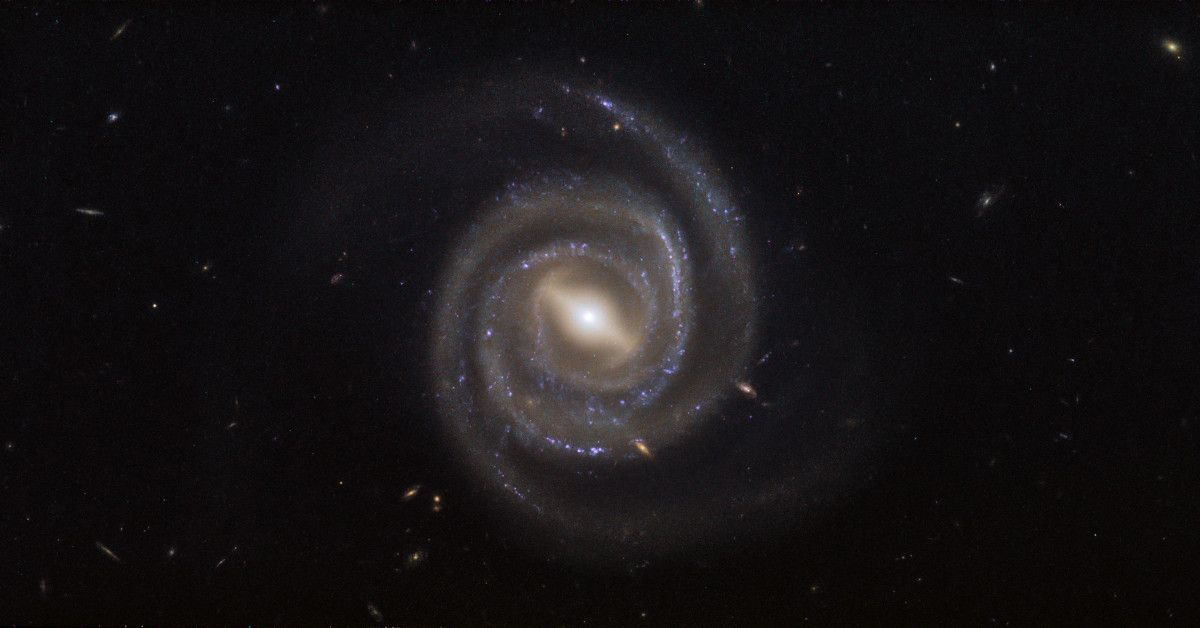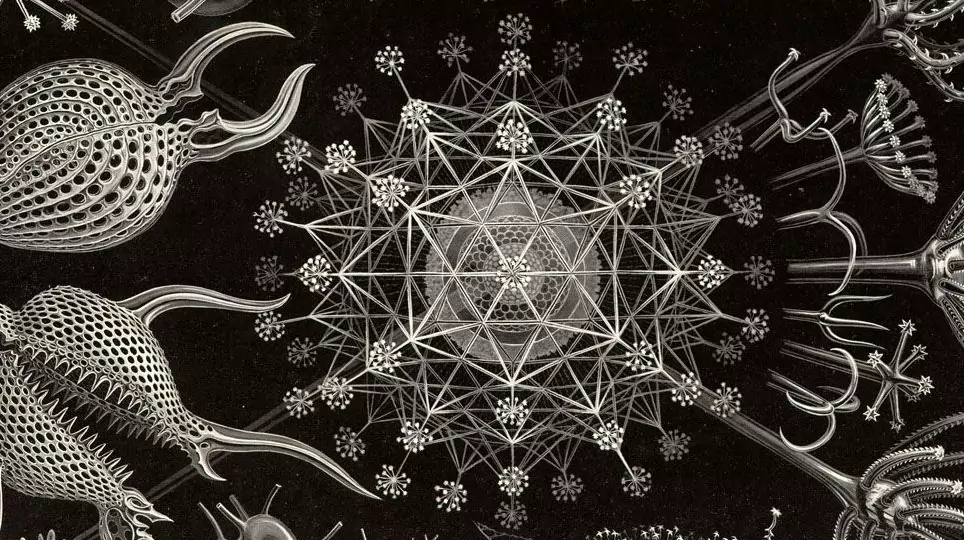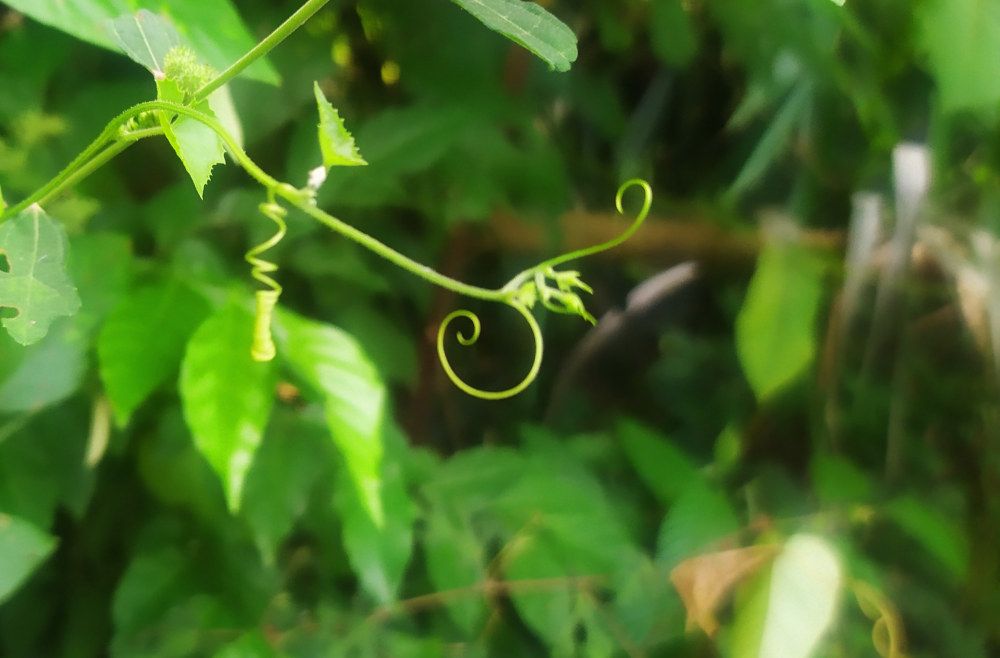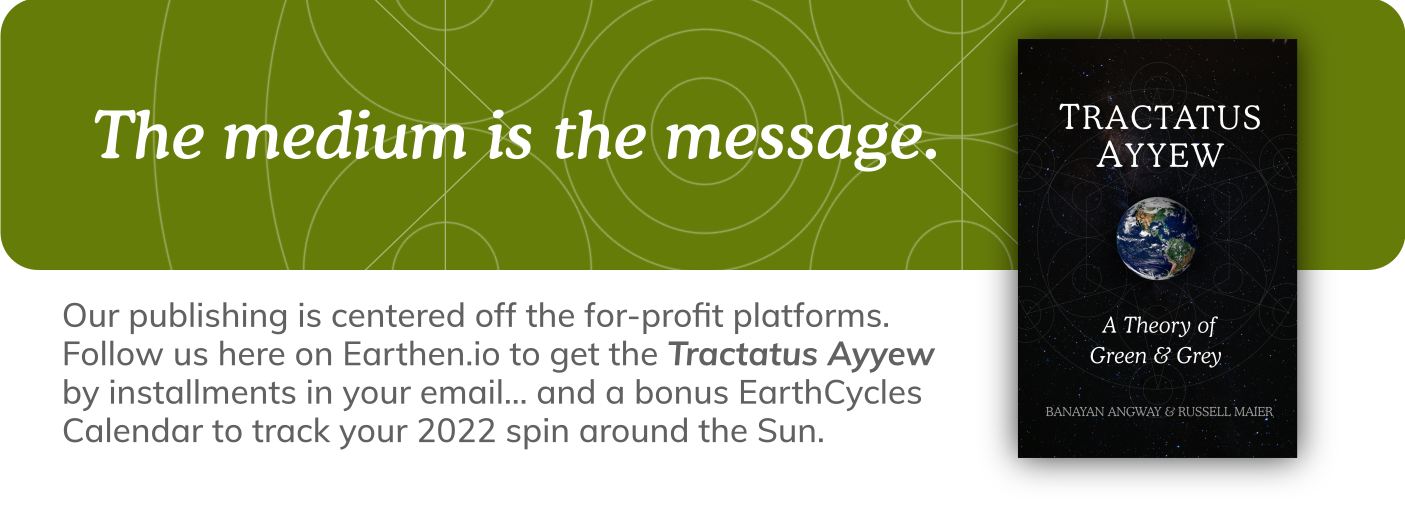Plastic's Stellar Story
From its primordial origins to its modern petro-capital fate, plastic connects us to our planet's epic unfolding.

OVER 5 BILLION YEARS AGO, IN A CLOUD OF INTERSTELLAR DUST our solar system swirled together. As cosmic matter collided and coalesced, growing ever denser, our sun ignited. Within the remaining spiraling debris, further matter and momentum began to merge— falling into orbit as dense clumps around our young star. As each gained cohesion and coherence, the planets and the Earth came to be.1
Inexorably, each planet arrived at its own unique combination of matter and momentum: of solar distance and spin, of elemental abundance and chemical composition, and sometimes, of moons and of magnetosphere. Like all its planetary siblings, the Earth was at first a barren, desolate place. For the Earth’s first two billion years, its atmosphere was full of carbon dioxide and its climate was harsh and unstable. The Earth’s surface was governed solely by raw geological cycles: the ebb and flow of tectonic plates, of ocean currents and atmospheric flows.
However, as the sun shone down, entropy demanded dissipation. Like the run of rain down a hillside cascading into the twists and turns of a stream, the sun’s ever arriving blaze cascaded into the Earth’s cycles. Just as the unique contours of a mountain led to streams and rivers that are all its own, the Earth’s cycles adapted and absorbed the ever arriving solar blaze in ways all its own. As these early Earthen cycles relentlessly spun, this unique cosmological character of our planet began to unfurl.
Following the rigid dictates of thermodynamics, the Earth’s cycles tended their spin towards ever better dissipations of energy. Determined and driven by the Earth’s unique planetary character, steadily new configurations of matter unfurled to better disperse the sun’s shine. Steadily, new chemical combinations occurred. Steadily, large cycles fractured into a thousand smaller ones, and those then into a million more. Steadily, the tiniest cycles whirled together into systems that began to drive themselves ever onwards.2 Steadily, these cyclical systems spiraled into cells, organisms and eventually, into ecosystems.
As ever more effective patterns of dissipation emerged, plants rapidly dispersed across the planet's surface. In absorbing CO2 out of the air, they were able to use its carbon to build their bodies. Plants began to compose leaves, flowers and towering trunks while other organisms discerned how to decompose them. Soon forests, fields and fungi covered the planet. Animals, algae and dinosaurs, all made from intricate patterns of carbon, emerged. As these creatures lived and died; their carbon too was cycled—spiraling from one organism into the other.
As time passed, one generation of fallen organism was covered up by the next. Be it on the floor of the ocean or that of a forest, slowly and steadily, layers of life were buried under silt and sediment. Over hundreds of millions of years, the Earth compressed and compacted the biomass of these ancient organisms— indefinitely concentrating and securing their carbon deep underground.
Although these organisms all breathed out CO2, their lives tended to subtract more carbon into the ground than they added back into the air. With more and more organisms subtracting, soon great quantities of carbon were removed out of the atmosphere3. With more carbon being sequestered all the time, the Earth's climate stabilized4— and organisms of all kinds flourished!5The ever increasing diversity of organisms intertwined their impacts into a vibrant planetary lattice of resilience. This ushered in the calmest period in the planet’s history over the last 65 million years.
Never before had the biosphere been so hospitable and vibrant. Cradled by the abundance, a variety of bipedal apes emerged from the forests.
Then, with the Earth’s climate stable within 1-2 degrees, we sapiens shuffled onto the scene.
It wasn’t long before we figured out fire.
First, we started by burning wood to warm our caves. Then to heat our homes. Then to fire our pottery. Then to fuel our forges. It wasn’t long then, until we discovered the Earth’s carbon stores.
We realized that they were far richer in energy.
Some of us (but certainly not all of us) began to unearth this ancient carbon— what we came to call coal, natural gas and petroleum. As many of us got better and better at extracting and burning it, ancient carbon came to turn our wheels, power our engines, and fuel our factories. As it came to drive entire economies, we gave it a new name: fossil fuels.
However, despite the neat name, compacted carbon deposits were never meant to be fuel. In the process of refining petroleum, there was always a left over residue (4-13% depending on the source being used6) that just couldn’t be used or burned. With nowhere to go, these chemicals began to pile up.7
We soon realized, that the leftovers could be used to create. With a little chemistry, polymers could be produced—and with a little more; an endless array of marvelous materials.
Plastics had arrived.
Soon, we were solving all sorts of problems by making all sorts of amazing things. No longer did elephants need to be killed to make ivory billiard balls8. No longer were expensive silver plates required to take a photograph9. No longer was the shelf life of fresh food limited to a few days10. Plastics enabled more products to be made, more capital to flow, and more profits to be made.
Powered by the abundance of ‘fossil fuel’ energy and the accruing profits, human industry grew and grew. As industry extracted and refined more and more petroleum for power, there was always that little bit that couldn’t be processed. This led to industry producing more and more plastic at lesser and lesser cost. As industry expanded, so did petroleum refinement, the accumulation of capital and the economies based on it all.
The more these energetic surpluses were returned to the industries that had generated them, the faster they spun. More and more ancient carbon was extracted and refined. And more left-overs were produced. This made plastic so cheap and so abundant that it began to spill out of industry and disperse into the biosphere.
Alarmed, we tried our best to return it back and use it again. However, there was already so much cheap new plastic, that there was no profit in recycling the old— it was easier to burn it, dump it or send it somewhere else.
As petro-capital enterprises continued to enrich themselves, their activities accelerated. Soon there was so much plastic, that it became clear that dumping, burning, recycling and sending-it-somewhere-else created more problems than were solved.
The production of plastic was now so great that it was in dire dissonance with our longings for ecological harmony. In despair11we watched as petro-capital economies continued to churn and as their enterprises and profits grew to colossal proportions. In rising grief12we watched as plastic continued to spill into the biosphere, greying once green fields and forests as we deposited it all.
Shamed and determined, industry and enterprise strived to convince themselves and everyone else that there was a solution just around the corner. We all worked valiantly to improve our processes to make them less polluting and less damaging.
Yet, after turning many corners, the grey flows continued to grow.
And so too our despair.

NEXT: The Earth's Pattern of Process

PREVIOUS: Plastic 1.0
WHAT IS THE TRACTATUS AYYEW?
A decade ago, Banayan Angway and Russell Maier; an Igorot wisdom keeper and a western philosopher, joined forces to protect the Chico River in the remote Northern Philippines from an inundation of plastic pollution. Ever since, they have continued to explore the pressing modern relevance of indigenous ecological wisdom. Guided by the Igorot Ayyew eco-ethos, they are publishing a systematic theory of green and grey in the form of a philosophical treatise. The Full Story of the Tractatus Ayyew

Footnotes
1“The earth is more like an eddy in a river through which flows of matter continuously stream. It is replenished and depleted in a vortical cosmic dance. ‘The world is a vampire’ as The Smashing Pumpkins sang: a vampire living from the death of the sun. The universe must die to keep living.” Thomas Nail (2021), Theory of the Earth, Standford University Press.
2Based on observations of cycles in traditional ecological knowledge traditions, like that of the Igorots and modern research into the application of the second law of thermodynamics and life (See: Jeremy L. England et al. (2015), Dissipative adaptation in driven self-assembly, Nature Nanotechnology). We’ll go much deeper into this into chapter 7: Towards Cycles that Spiral
3Atmospheric CO2 levels are estimated to have been 100 times what they are today 2.2 billion years ago. See: Rye, R., Kuo, P.HO., and Holland,H.D. (1995) Atmospheric carbon dioxide concentrations before 2.2 billion years ago. Nature, 379, 6013-75;
4Bekker, A., Holland, h.D. Wang, P. et al. (2004) Dating the rise of atmospheric oxygen. Nature, 427, 117-20.
5“The events of the first 3.5 billion years of evolution are coming to light at last and they include far more drama and intrigue than we ever imagined” NewScientist 9 January 2019, Michael Marshall, In the beginning: The full story of life on Earth can finally be told.
6British Plastics Federation, (2008), Oil consumption, (Ref PD/LFH/19/8/08)
7“Oil refineries run 24-7 and are continuously generating by-products that must be disposed of, such as ethylene gas… Ethylene gas, as British chemists discovered in the early 1930’s can be made into the polymer polyethylene… another by-product propylene, can be redeployed as a feedstock for polypropylene, a plastic used in yogurt cups, microwaveable dishes, disposal diapers, and cars. Sill another is acrylonitrile, which can be made into acrylic fiber… for astro-turf and more... Plastics are a small piece of the petroleum industry, representing a minor fraction of the fossil fuels we consume. But the economic imperatives of the petroleum industry have powered the rise of Plasticville.” Susan Freinkel (2011), Plastic: A Toxic Love Story, Houghton Mifflin Publishing Company, p. 7
8The first plastic. It all started with a billiard ball (2020) PlasticsLeMag, Plastics Europe https://plastics-themag.com/The-first-plastic-It-all-started-with-a-billiard-ball
9History of Photographic Film - First Photographic Plates, (2022) Photography History Facts, http://www.photographyhistoryfacts.com/photography-development-history/photographic-film-history/
10Carmen Nobel (2017), How Cellophane Changed the Way We Shop for Food, Harvard Business School, https://hbswk.hbs.edu/item/how-cellophane-changed-the-way-we-shop-for-food
11Peter Kalmus, Climate depression is real. And it is spreading fast among our youth (2021), The Guardian. https://www.theguardian.com/commentisfree/2021/nov/04/climate-depression-youth-crisis-world-leaders
12“Extreme weather and dire climate reports are intensifying the mental health effects of global warming: depression and resignation about the future.” Avichai Scher (2018) 'Climate grief': The growing emotional toll of climate change. NBC News https://www.nbcnews.com/health/mental-health/climate-grief-growing-emotional-toll-climate-change-n946751




